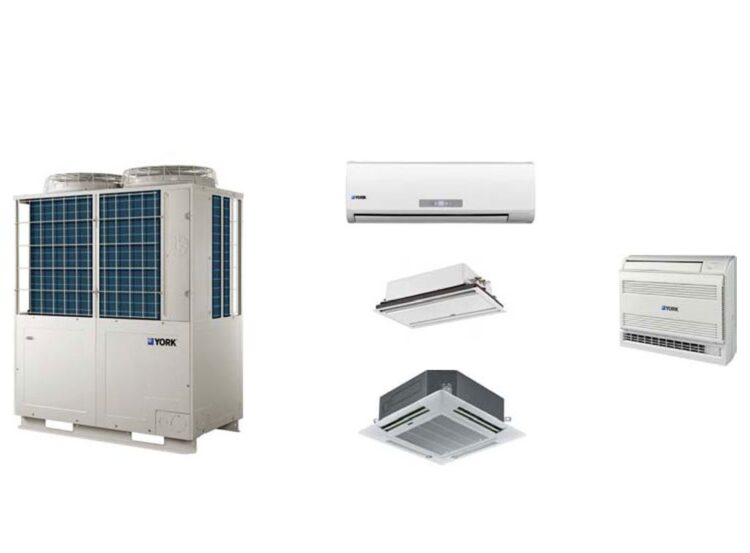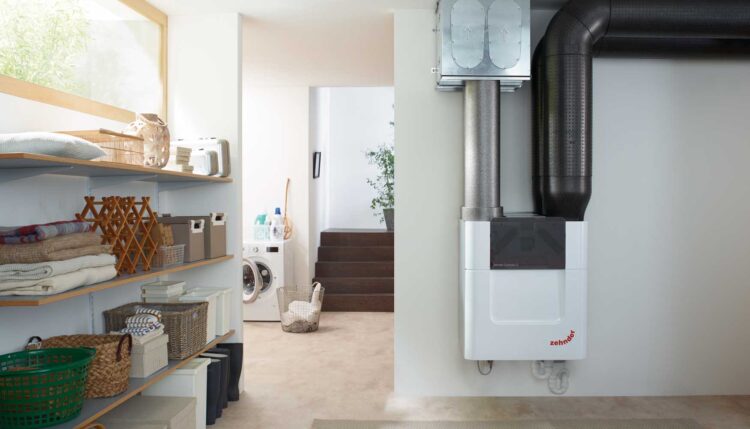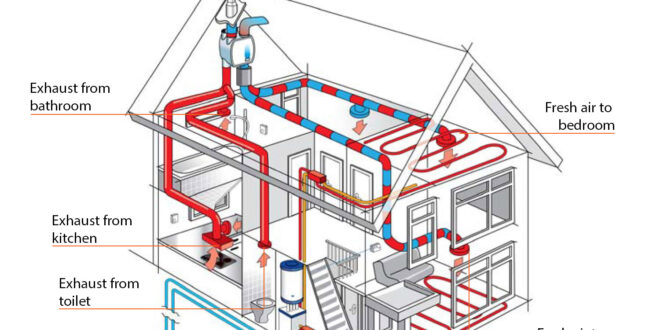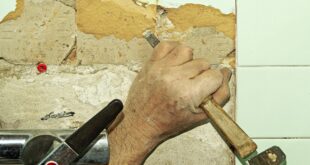Every parent wants their home to be a happy, healthy, and safe place for their kids to grow up in. However, many parents overlook some of the basic steps that can be taken to make their home a healthier environment, aside from the fundamental provisions of providing nutritious food, shelter, and a comfortable place to sleep. When it comes to ensuring air quality during the wintertime, nothing beats a home heat recovery system (HHRS). With that said, here are three ways of installing an HHRS can make your home a healthier environment for kids:
1. Keeping the Home Warm without Sacrificing Air Quality

Letting your house get cold during the winter isn’t an option when you have kids because you don’t want the little ones to get sick from exposure to low temperatures. On the other hand, closing all vents and windows to seal the heat in the home also has the effect of locking fresh air out and trapping stagnant air inside. A heat recovery system allows for the circulation of fresh air without letting heat escape. You can find out more about how these systems work by checking out the website BPCVentilation.com, one of the UK’s leading home heat recovery system providers and installers.
2. Reducing Indoor Air Pollution to Prevent Allergies and Illnesses
Home heat recovery systems significantly reduce the number of airborne pathogens in your home. Children who are frequently exposed to high levels of indoor air pollution face an increased risk of developing allergies, sinus infections, sore throats, asthma, and other illnesses and symptoms. Aside from the aforementioned ailments, lack of fresh air can also lead to unpleasant emotions like depression and confusion. By filtering and circulating the air in your home during the winter, you can greatly reduce the risk of your kids encountering health problems that stem from poor air quality.
3. Maintaining Ideal Oxygen Levels Year-Round

When there’s a need for indoor heating, most people will close vents and do their best to seal any openings where air and heat can escape. This helps to reduce your heating bill, but it’s not exactly wise from a health standpoint, because you’re trapping stagnant air in the home and re-breathing it, leading to higher CO2 levels and lower oxygen levels. An HHRS lets you keep your home warm without completely stopping the entry of fresh air. This is important for child development because studies have proven that fresh air increases alertness and boosts cognitive performance in children.
4. Preventing Cold Drafts
While an occasional draft of cold air might not seem like much to worry about, if you have babies or younger children, or if your child is susceptible to illness, even brief exposure to excessively cold temperatures can cause cold or cold-like symptoms. Without an HHRS, you may resort to opening your windows to let fresh air in, which briefly exposes your children to cold drafts of wind. During the winter or in particularly harsh climates, being able to let fresh air in while you’re snowed in from a blizzard can feel like a superpower. Of course, in such a scenario, opening the window not only lets in the cold air but also flurries of snow, and if the wind is whipping up bad enough, maybe even debris from a winter storm. Opening the vents seems like a safer way to let fresh air in, but it still creates cold drafts that could give your family the chills momentarily. An HHRS eliminates the need for this momentary lapse of safety and comfort.
5. Reducing Noise Pollution and Sound Travelling

It’s easy to overlook sound when factoring in the ways that opening your vents or windows can affect your home’s comfort, but noise pollution is a noteworthy point to discuss. If you live in an urban area, your kids have to listen to vehicles as they pass by. If you’re in a highly-populated area, they might even have to listen to distant chatter, which may or may not be appropriate. If you live in a rural area, you still have the sounds of crickets, birds, frogs, the wind, leaves the bustling, and all sorts of other sounds. Likewise, anything your children talk about or say out loud can travel when the window is open, so in addition to having to cope with whatever incoming sounds hit your window from outside, you also have to lose some of your right to privacy. An HHRS eliminates the need to ever open a window for fresh air, so it also eliminates those temporary lapses in serenity and privacy.
6. Preventing Excessively Dry or Humid Conditions
Heaters and heating systems can dry out the air by reducing humidity. Likewise, the fire from a wood stove or fireplace will do the same. Excessively dry conditions are bad for children because it dries out their sinuses and can, therefore, lead to sore throats, runny noses, mucus production, sneezing, and other unpleasant symptoms. Likewise, excessively humid conditions can arise when the weather is very humid outside, and that can lead to mold growth. The ability to introduce fresh air and release stale air lets you control the balance and contrast between the humidity of the air inside your home and the surrounding environment.
7. Reducing the Number of Airborne Germs in the Home

Continually removing air from home and replacing it with filtered air also reduces the number of airborne germs that are floating around. Thus, one could argue that an HHRS may have a statistically significant impact on preventing the incidence of childhood illnesses contracted in the home, at least as far as clean air quality is concerned.
Creating an Ideal Environment for Cultivating Youth Development
In many ways, raising children is a lot like being a gardener because your kids are affected by the amount of sunlight they get, the nutrients they consume, the quality of the air they breathe, and other environmental factors that also influence the well-being of plants. An HHRS is an ideal addition to any family home because it gives you the ability to provide both the ideal temperature and air quality for your children to thrive and avoid unnecessary health issues.
 Hi Boox Popular Magazine 2024
Hi Boox Popular Magazine 2024



